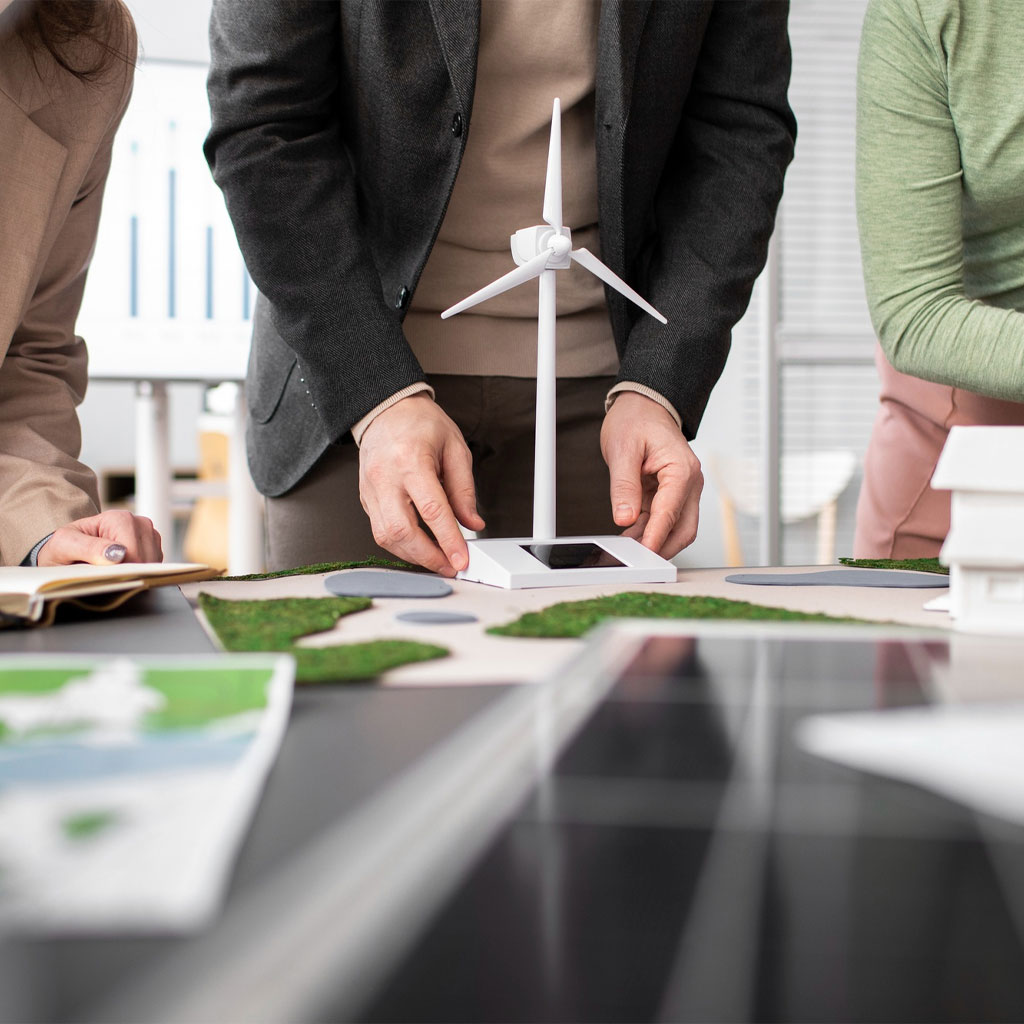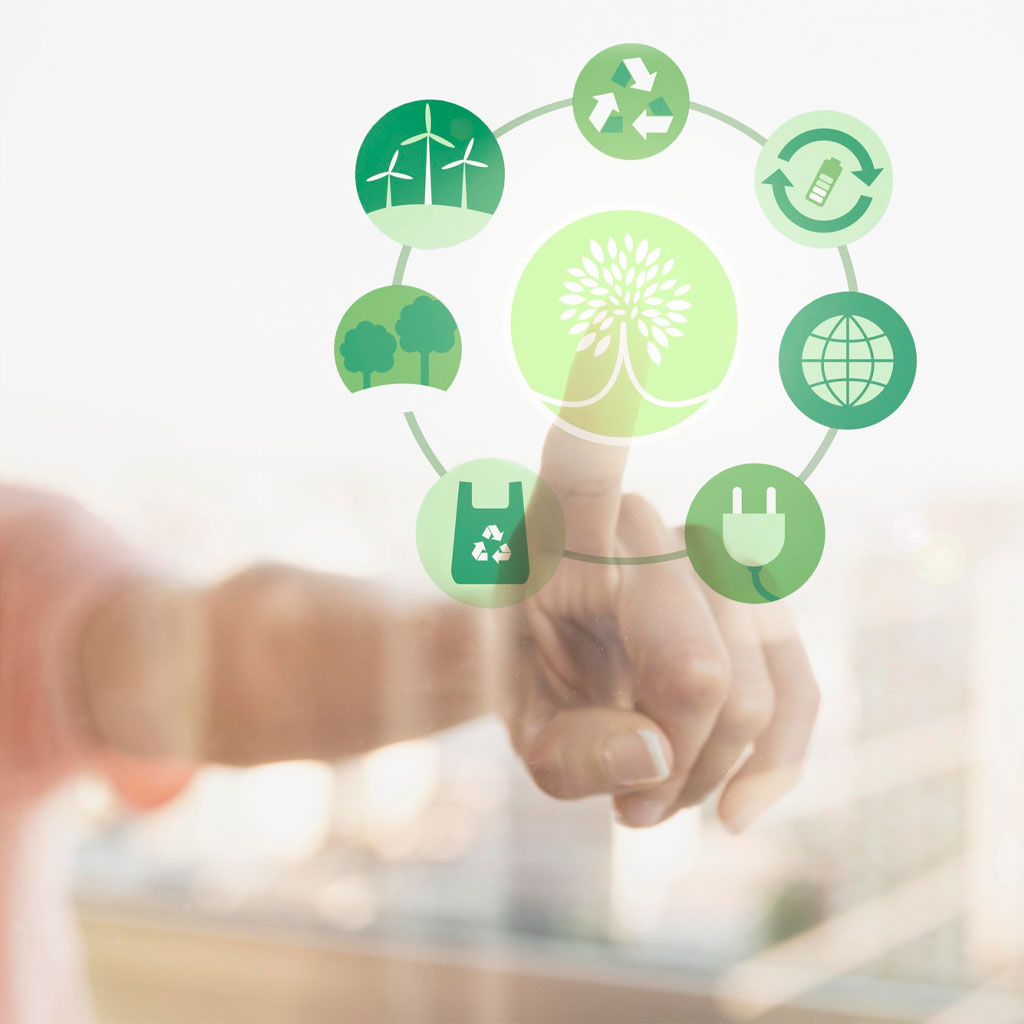
Green Investment and Its Role in Sustainable Development
Green Investment and Its Role in Sustainable Development
Introduction
In today’s world, green investment has become one of the key strategies for countries and companies to achieve sustainable economic growth. The increase in environmental challenges such as climate change, air pollution, and the depletion of natural resources has forced policymakers to shift toward sustainable investment. Green investment not only focuses on financial returns but also considers social and environmental impacts.
By directing capital into renewable energy, energy efficiency, recycling, and sustainable infrastructure projects, green investment helps reduce negative impacts on the environment while creating long-term economic benefits. This approach is increasingly gaining popularity in international trade and global markets.
Definition of Green Investment
Green investment refers to the allocation of financial resources into projects that have positive environmental impacts and contribute to the reduction of greenhouse gas emissions and the conservation of natural resources.
The main areas of green investment include:
-
Renewable energy – Investments in solar, wind, and hydropower
-
Energy efficiency – Development of advanced and low-energy-consuming technologies
-
Green transportation – Promotion of electric vehicles and sustainable logistics systems
-
Recycling projects – Waste management and reuse of raw materials
The Importance of Green Investment in the Global Economy
Green investment plays a decisive role in achieving a balance between economic growth and environmental protection. By reducing dependence on fossil fuels and increasing the use of renewable energy, it is possible to both improve the environment and strengthen the economy.
In addition, green investment creates new job opportunities, fosters technological innovation, and increases the competitiveness of companies in international markets.
The Impact of Green Investment on International Trade
The impact of green investment on international trade can be analyzed in several areas:
1. Reduction of production costs in the long term
By using renewable energy and sustainable technologies, production costs can be reduced in the long run, giving exporters a competitive advantage.
2. Facilitation of access to new markets
Many countries prefer to import goods produced through green investment and sustainability, creating new opportunities for exporters.
3. Compliance with international regulations
With stricter environmental regulations in global markets, companies investing in green projects can more easily comply with these rules and ensure sustainable exports.
Case Studies of Green Investment
Germany’s Renewable Energy Program
Germany is one of the world leaders in green investment. The country has heavily invested in solar and wind energy, reducing its dependence on fossil fuels and strengthening its position in international trade.
China’s Green Transportation Development
China has invested significantly in the production of electric vehicles and the development of green infrastructure. This strategy has helped the country become a leader in global exports of clean technologies.
The Role of Governments in Supporting Green Investment
Governments play a crucial role in promoting green investment through financial incentives, subsidies, tax reductions, and the development of supportive policies. Without government support, the expansion of green investment would be difficult.
Strategies for Expanding Green Investment
-
Strengthening international cooperation – Establishing partnerships between countries to share technology and investment
-
Development of green financial markets – Creating opportunities for investors through green bonds and sustainable funds
-
Encouragement of private sector participation – Encouraging companies to invest in renewable energy and sustainable infrastructure
-
Use of new technologies – Applying artificial intelligence and big data to improve energy efficiency
The Future of Green Investment
The future of green investment is tied to global demand for sustainable development. With the rise of environmental awareness and increasing pressure from international organizations, green investment is expected to become one of the main pillars of the world economy. Companies and countries that act more quickly in this field will have a better chance of succeeding in global markets.
Conclusion
Green investment is not just an economic strategy, but also a necessity for achieving sustainable development and protecting the environment. Strengthening investment in this field ensures economic growth, social welfare, and environmental protection simultaneously.
FAQ
What is green investment?
Green investment refers to the allocation of financial resources to projects that protect the environment and create sustainable economic growth.
Why is green investment important?
Because it helps reduce environmental pollution, increase energy efficiency, and create long-term economic benefits.
What are the most important areas of green investment?
The most important areas include renewable energy, energy efficiency, green transportation, and recycling projects.



